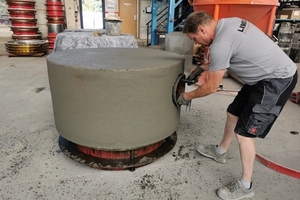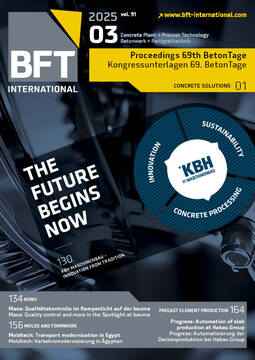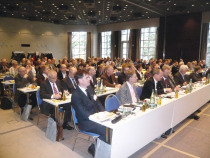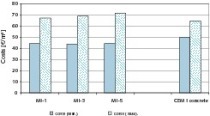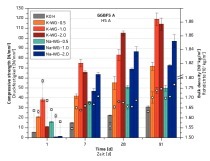Utilization of slags and stockpile materials –
An alternative source of raw materials
Due to the intended aim of climate neutrality by 2045, in the last few years, the building materials industry has been using more and more Portland composite cements that, apart from Portland cement clinker, comprise additional secondary raw materials, such as granulated blast-furnace slag and black coal fly ash. However, black coal fly ash will no longer be available, on the one hand, because of the energy transition and the associated fossil-fuel phase-out, and on the other hand, because of the optimization of the coal combustion process. A crucially less amount of granulated blast-furnace slag will be available because of the hydrogen reduction process that will be applied in the steel industry in the future and more recycling. So far, other slags – although containing portions of reactive clinker minerals – are not used as a component in cement in contrast to the granulated blast-furnace slag with a latent hydraulic property.
The Recomine Alliance conducts research projects concerning the re-mining of residual materials – stockpile materials and slags –, aiming at the extraction of valuable metals and downstream treatment, so that they can be used as secondary raw materials in the building materials industry.
As part of the project, following the extraction of valuable metals, a stockpile material was treated so that it can be used as additions and as aggregates for the production of paving blocks. In this process, questions about a fundamental regulation concerning the application of stockpile materials as substitute building materials were discussed, besides the material development. For this purpose, stockpile materials are excluded from the German Substitute Building Materials Ordinance (EBV), since stockpile materials are subject to the waste legislation and therefore any kind of application in building construction and civil engineering is not permitted.
In two other joint projects, so-called LD slags and Waelz slags were processed in such a way that they exhibit latent hydraulic properties and consequently can be used as additions or as alkali active binder.

